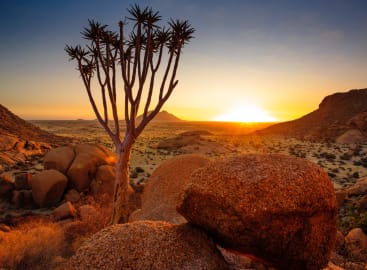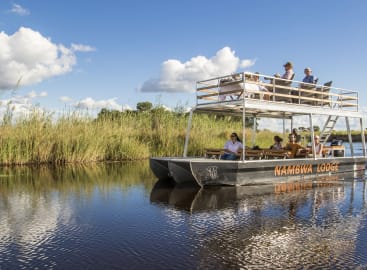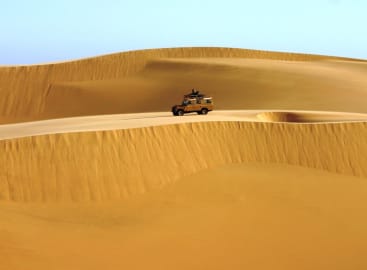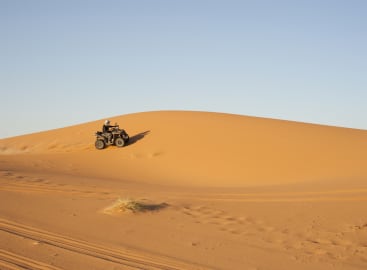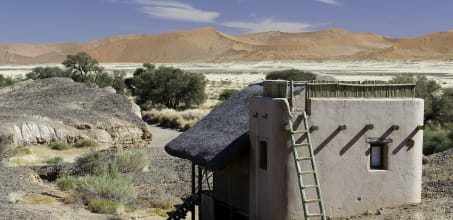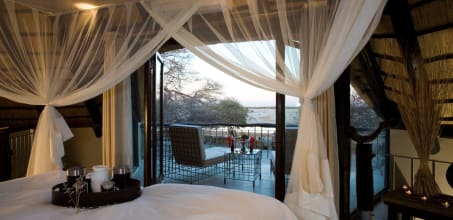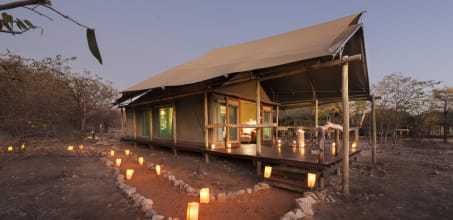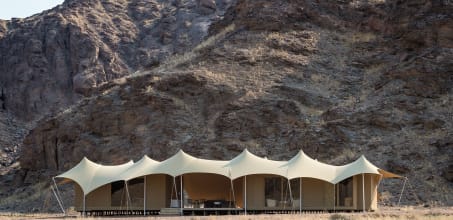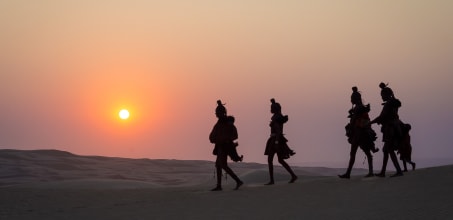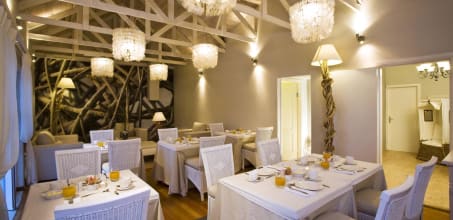Luxury Namibia Holidays 2024/2025
Namibia is a land of ever changing landscapes. It is a photographer's paradise boasting epic scenery, colourful tribes and superb wildlife. Trek to the top of a rust red sand dune at Sossusvlei, watch wildlife congregate at Etosha's waterholes, explore Damaraland's arid plains and craggy mountains and watch powerful Atlantic swells sweep along the Skeleton Coast where the desert meets the ocean.

From sand dunes and wild coastline to lush, river-fed plains and dramatic mountains, Namibia is a country of extraordinary and contrasting landscapes. If you are looking for an adventurous, active holiday, look no further.
At Scott Dunn we can customise your Namibia holiday to suit you; whether you fly around to take in the dramatic aerial views, or self drive to enjoy a road trip like no other. Visit the Himba tribes in the Kunene region, track desert-adapted rhino and elephant in Damaraland, hike through the beautiful Erongo mountains, kayak with a colony of seals in Swakopmund and watch big cats at the Okonjima reserve. Spend a day staking out a waterhole on the edge of Etosha's chalky white pan, where ostriches appear like a mirage on the horizon and zebras congregate in their hundreds while lions lie in wait. On a longer trip, take in the southern Kalahari and impressive Fish River Canyon, as well as Kolmanskopp, a town being swallowed by the shifting sands of the desert. Or head north to the lush waterways of the Caprivi Strip, watching hippos wallowing in rivers and kingfishers perching on the banks.
Top Tours in Namibia
We’ve travelled the length and breadth of Namibia and tested every possible route to enable us to curate itineraries that work absolutely seamlessly, taking in the country’s many highlights at just the right pace. Packed with unique experiences and handpicked hotels, our trips deliver unforgettable travel moments.
Top Hotels in Namibia
Our specialists have travelled every inch of Namibia and stayed in countless hotels so that we can recommend only the very best ones to match your preferences. Whether you want to stay at the hottest property in the area or are looking for somewhere with rustic charm, our handpicked selection of hotels has every angle covered.
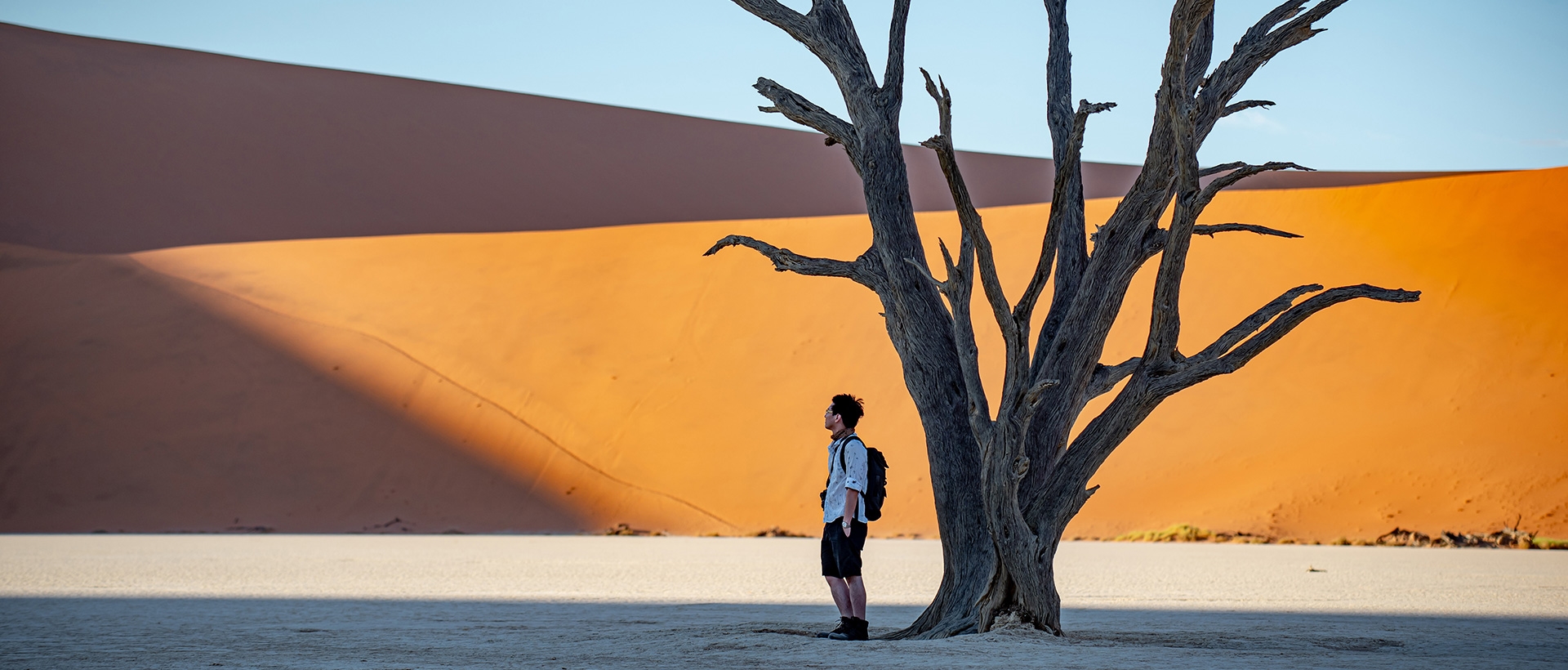
Our team of travel specialists are waiting to help you book your next adventure.
Explore Our Expert Travel Guides
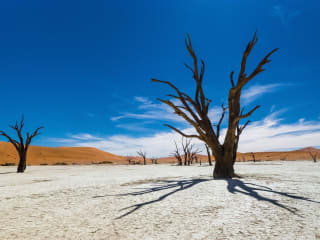
Namibia is such a unique destination in sub-Saharan Africa, offering some truly exceptional landscapes and experiences that you can’t find elsewhere. We’ve put together this guide to explain why it’s one of our favourite countries in Africa, and why it should be on your must-see list.
